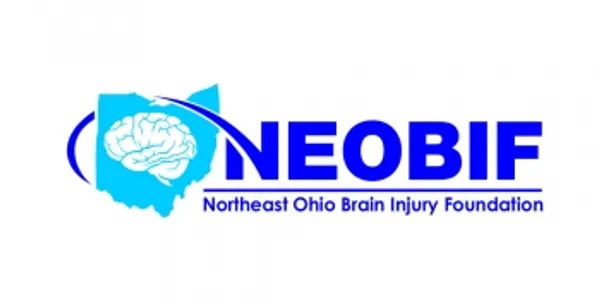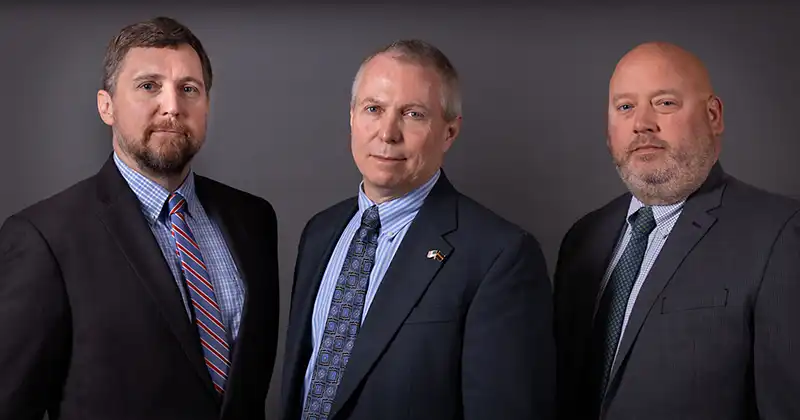What is a traumatic brain injury?
When dealing with brain injury legal cases you will hear the reference “TBI” which stands for traumatic brain injury. Traumatic brain injuries are broken into subcategories from minor to severe. At the minor end of the scale is a concussion and at the severe end is an open skull fracture with direct trauma into the brain.
If you reference the corresponding video below you can see what happens to the brain in a collision. The human skull is a collection of bones that have grown together, and the inside of the skull is not comprised of nice smooth edges, there are a lot of rough edges and textures where the bones have grown together.
The brain sits inside the skull and what happens in an accident as the skull is thrown forward into an airbag or worse a solid object and the skull stops on impact, but the brain doesn’t. The brain is still moving forward and thrown into the rough edges on the inside of a skull. Then there is the rebound of all that in the other direction. This causes tearing at a microscopic level of the brain tissue. Even with today’s modern science we do not have the ability to see these microscopic injuries to the brain, short of doing an autopsy and looking at the brain tissue under a microscope.
Understanding traumatic brain injuries
What happens when people suffer these types of minor traumatic brain injuries (concussions) is that they go to the emergency room and are put in a CAT scan or CT scan. As an example, view the video below where you can see a CT scan image. In this image you can see the white area which is actually a collection of blood. The blood pools because of the injury to the brain and if severe enough this will be visible in a CT scan. As you can see in the video, the pool of blood is compressing the brain. In this image, the injury would be classified as a moderate to severe traumatic brain injury.
If nothing is shown in the CT scan you will read in the x-ray, radiology and emergency room records that the CT imaging was negative, in that it shows no injury. The common misconception is that negative reading of the radiology is that it equates to no injury. By its definition, a minor TBI (concussion) will have negative radiology. Medical science just does not have the ability to see injury to the brain of a living human at the microscopic level. Furthermore, there is no medical treatment to fix these injured brain cells.
At Willis, Willis & Rizzi in our roles as brain injury attorneys we have met with many clients who report that they have not felt right since the collision which caused their injuries. As we talk with our clients further, often they don’t understand why they are not feeling better because they were told at the hospital that the CT scan was negative. However, what a negative CT scan means is you don’t have a moderate to several traumatic brain injury. Medical science can perform treatment to address moderate to severe traumatic brain injuries. That is what the emergency room staff is looking for in a CT Scan, but it doesn’t mean you don’t have a concussion! By its definition a concussion is going to have “normal” radiology imaging because medical technology currently cannot “see” a concussion.
Challenges in brain injury cases
There are many challenges in brain injury cases particularly when dealing with concussions sustained from the injuries because the concussion can’t be seen in a CT scan. If you break an arm or a leg, this is easy to see in an x-ray. A concussion is different and requires extensive evaluation to document the symptoms which can include:
- Headache or “pressure” in head.
- Nausea or vomiting.
- Balance problems or dizziness, or double or blurry vision.
- Bothered by light or noise.
- Feeling sluggish, hazy, foggy, or groggy.
- Confusion, or concentration or memory problems.
- Just not “feeling right,” or “feeling down”.
In our brain injury cases we have had clients who have been out of work for months as they recover from a concussion. You have to take this amount of time to give the brain time to heal properly but during this time, you are not working. You’re not making money and the bills are piling up.
As brain injury attorneys we represent a lot of people with concussions. There is an old adage “Seeing is believing”. In the insurance company world, it’s almost the opposite, if they can’t see it – they don’t believe it. Since they can’t see a concussion, they question if the concussion truly exists.
This is why at Willis, Willis & Rizzi our focus is on ensuring that our clients are getting good medical care from the correct medical providers. These providers are experts in dealing with neurological issues related to concussions and ultimately can help clients recover and help us prove that a concussion actually exists.
Why hire Willis, Willis & Rizzi to handle a brain injury case?
As brain injury attorneys, we counsel our clients and tell them that their goal is to get better. Do whatever you need to do to get back to normal or as close to normal as possible. Our goal at Willis, Willis & Rizzi is to handle all of the legal ramifications of the brain injury. No one can do the treatments for you; you have to do the treatments to get better.
At Willis, Willis & Rizzi our legal team is uniquely positioned to deal with traumatic brain injury cases. We have dealt with many brain injury cases over the years. We have great relationships with the doctors and medical providers who know how to deal with a concussion. We understand the medicine involved with traumatic brain injuries. We understand when a client is not getting the treatment they should be getting.
Since our legal firm does a more boutique style business as compared to the large, mass marketed assembly line legal firms that don’t pay the correct amount of attention to their clients – we can see when a client is not getting the right amount of care.
We understand what you are going through, and because of our approach to personal injury law, we have the time and resources to monitor the situation and ensure you are getting the care that you need to get better, as well as providing the legal expertise you need to help you get your life back.
Contact us today at 330-535-2000 or fill out the request form and we can discuss your traumatic brain injury.
For more information and support with Traumatic Brain Injuries visit the Northeast Ohio Brain Injury Foundation


